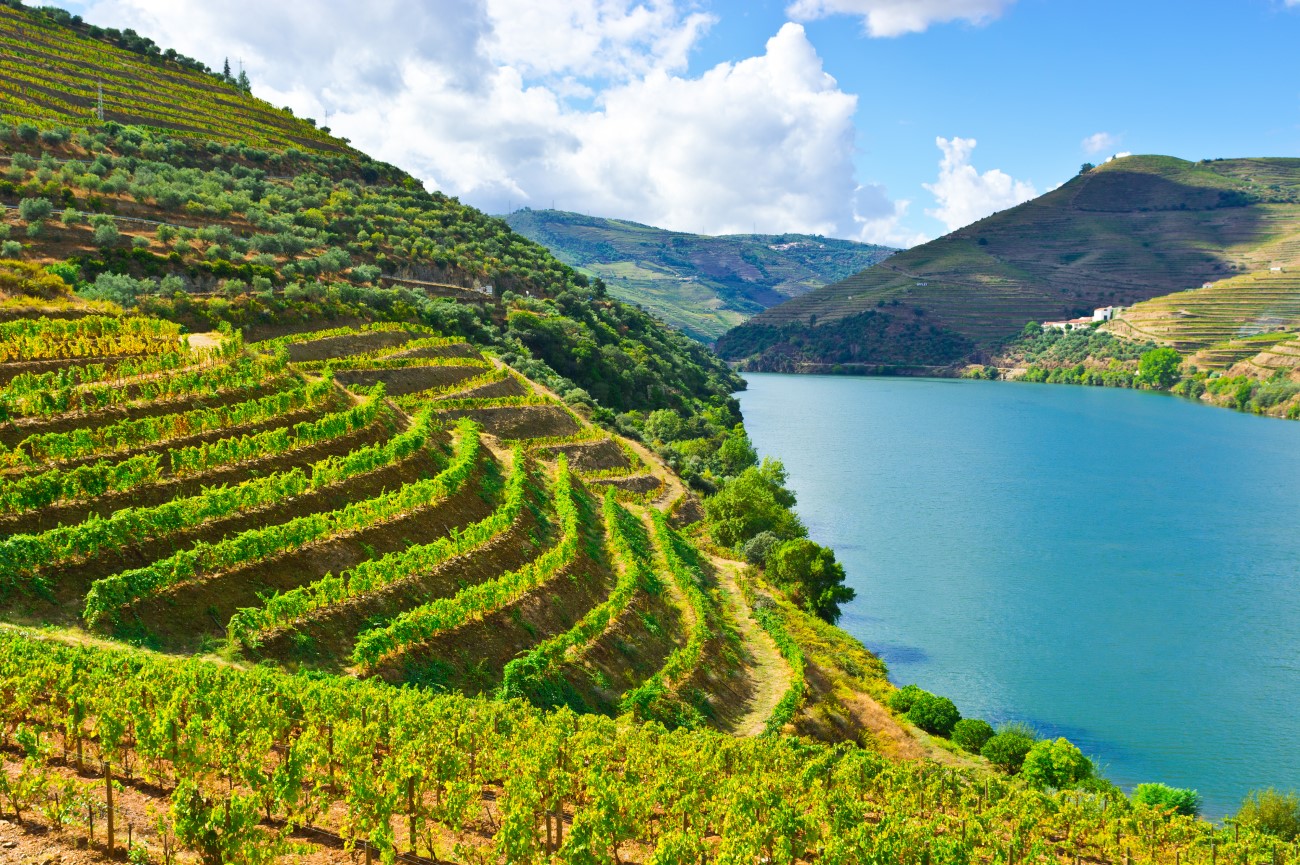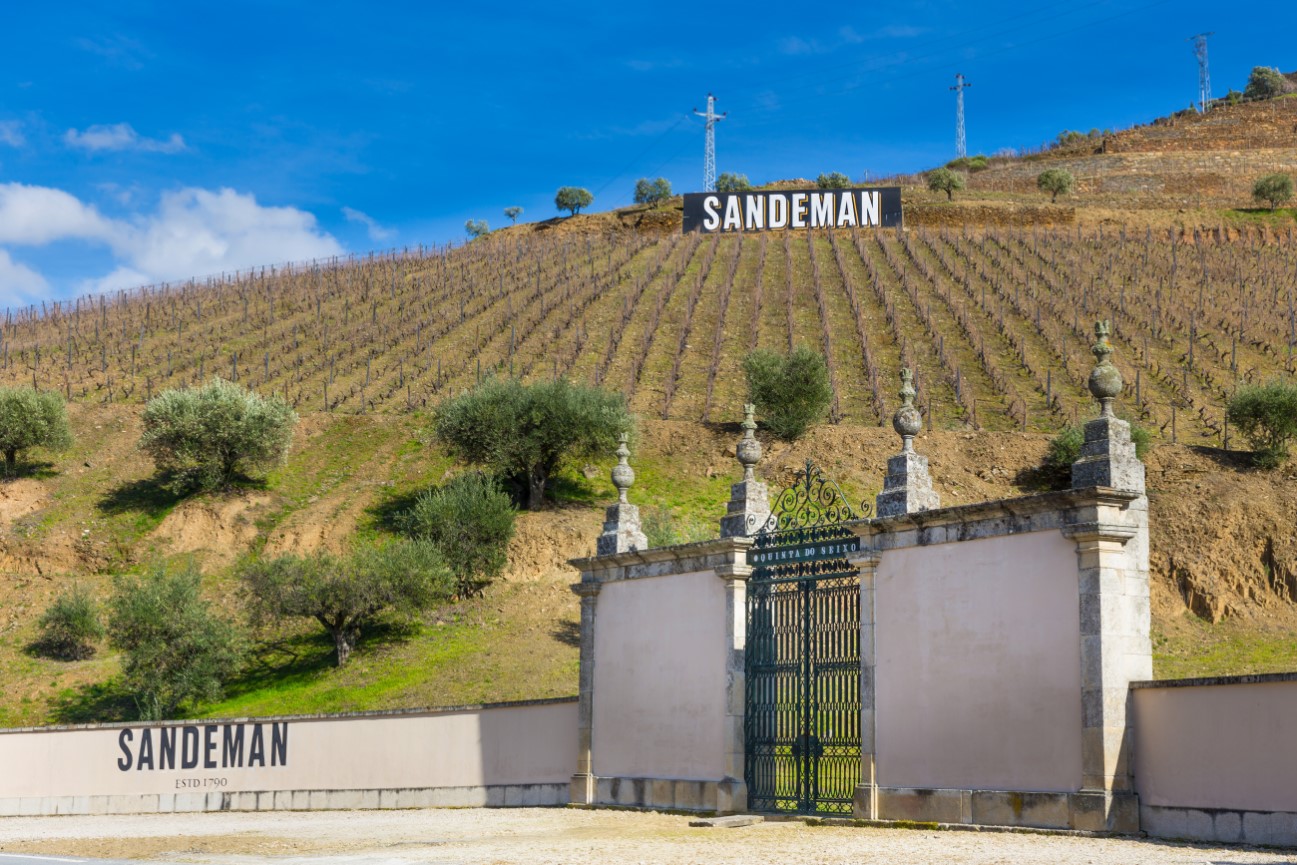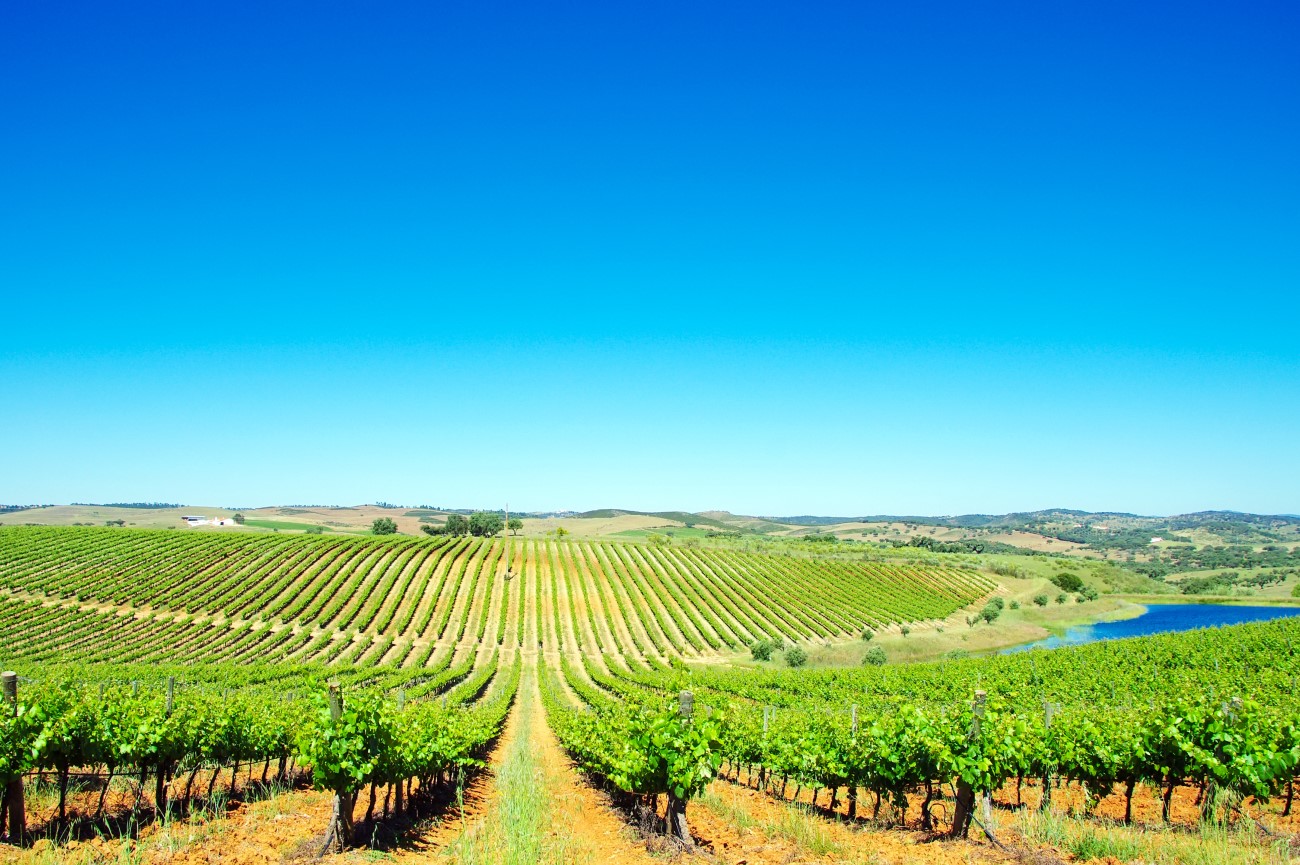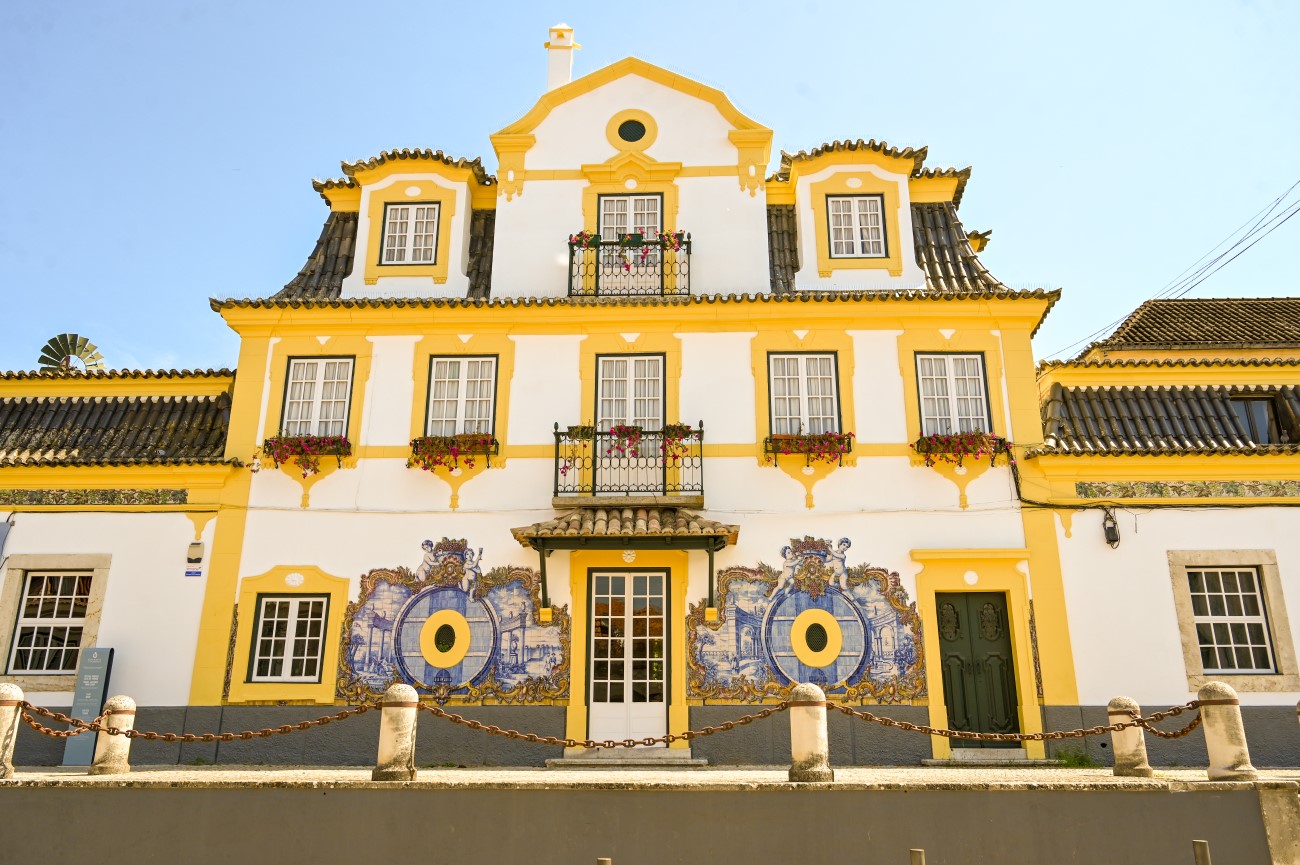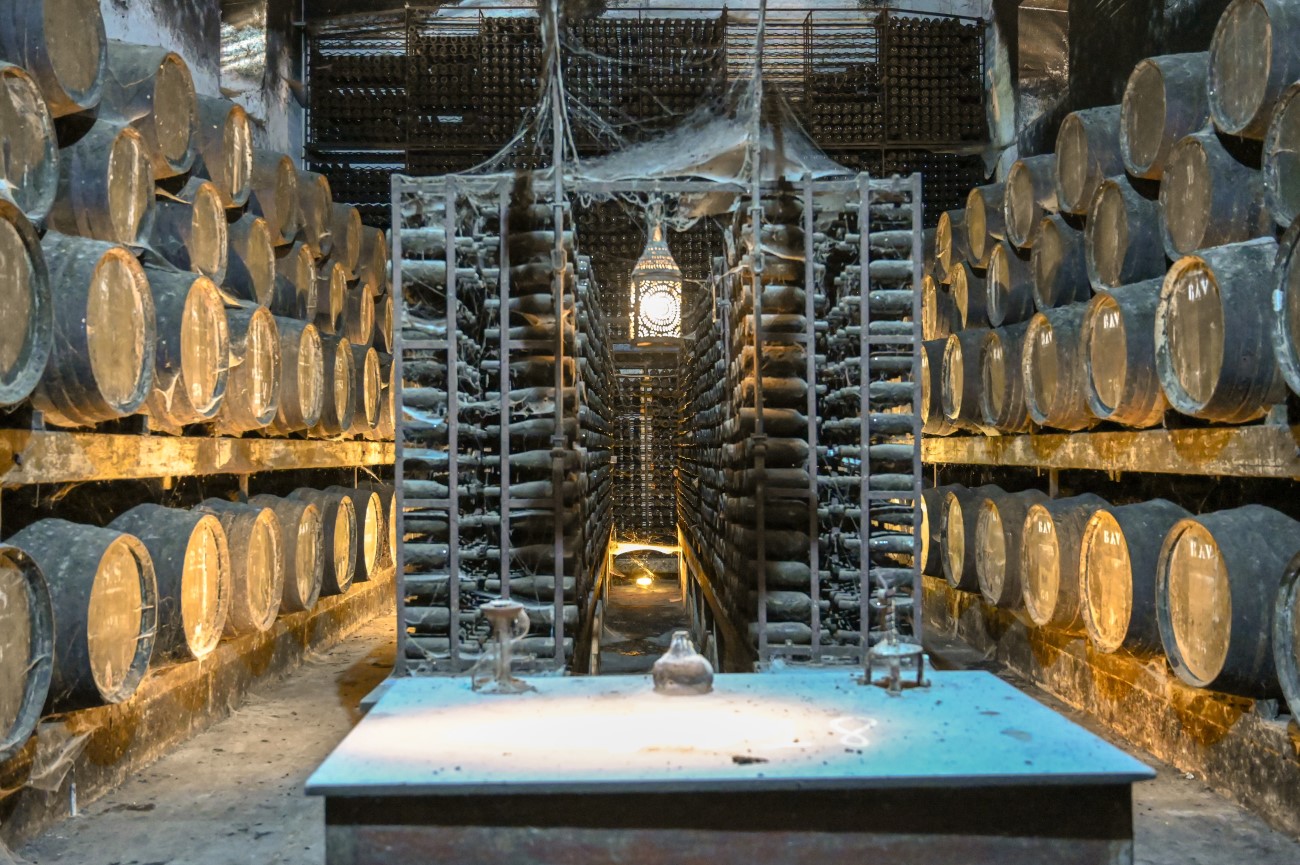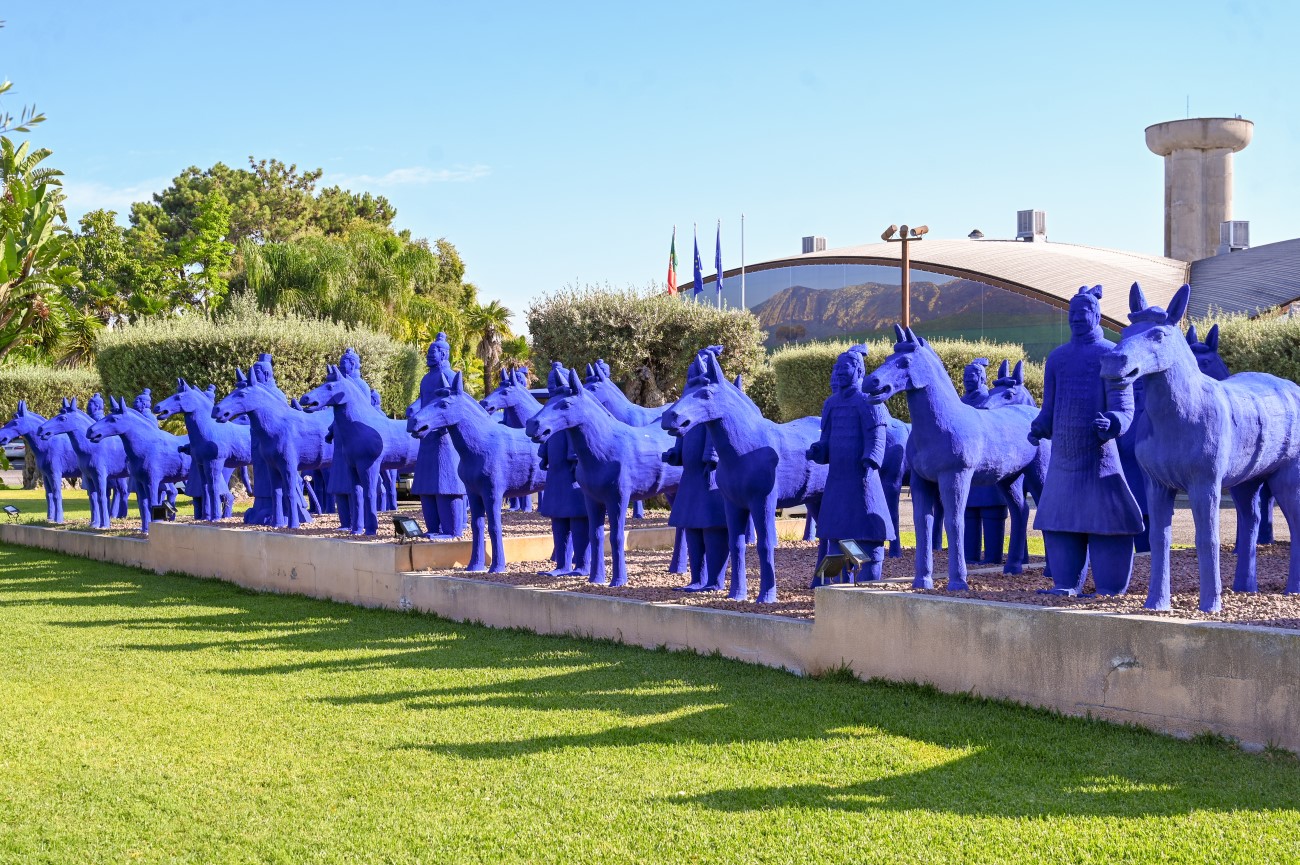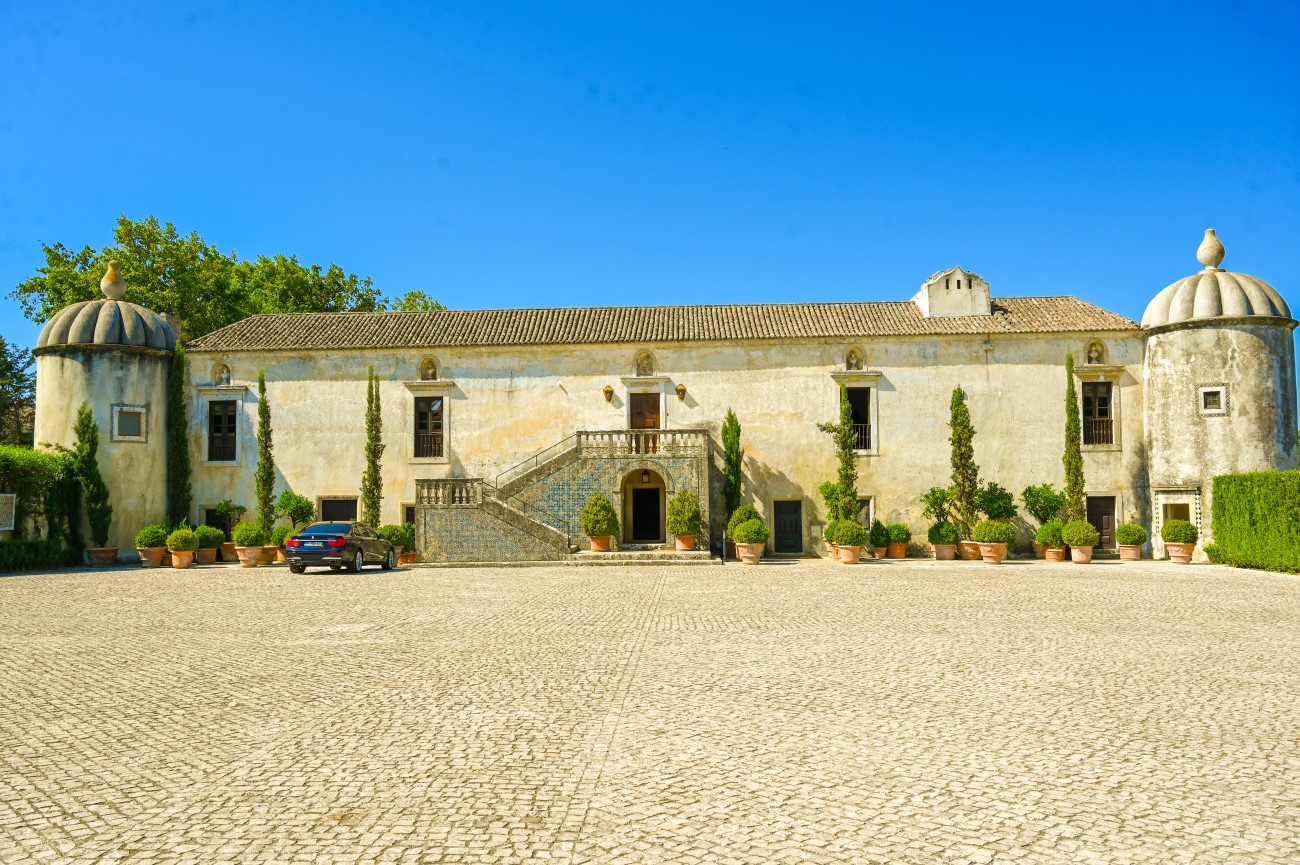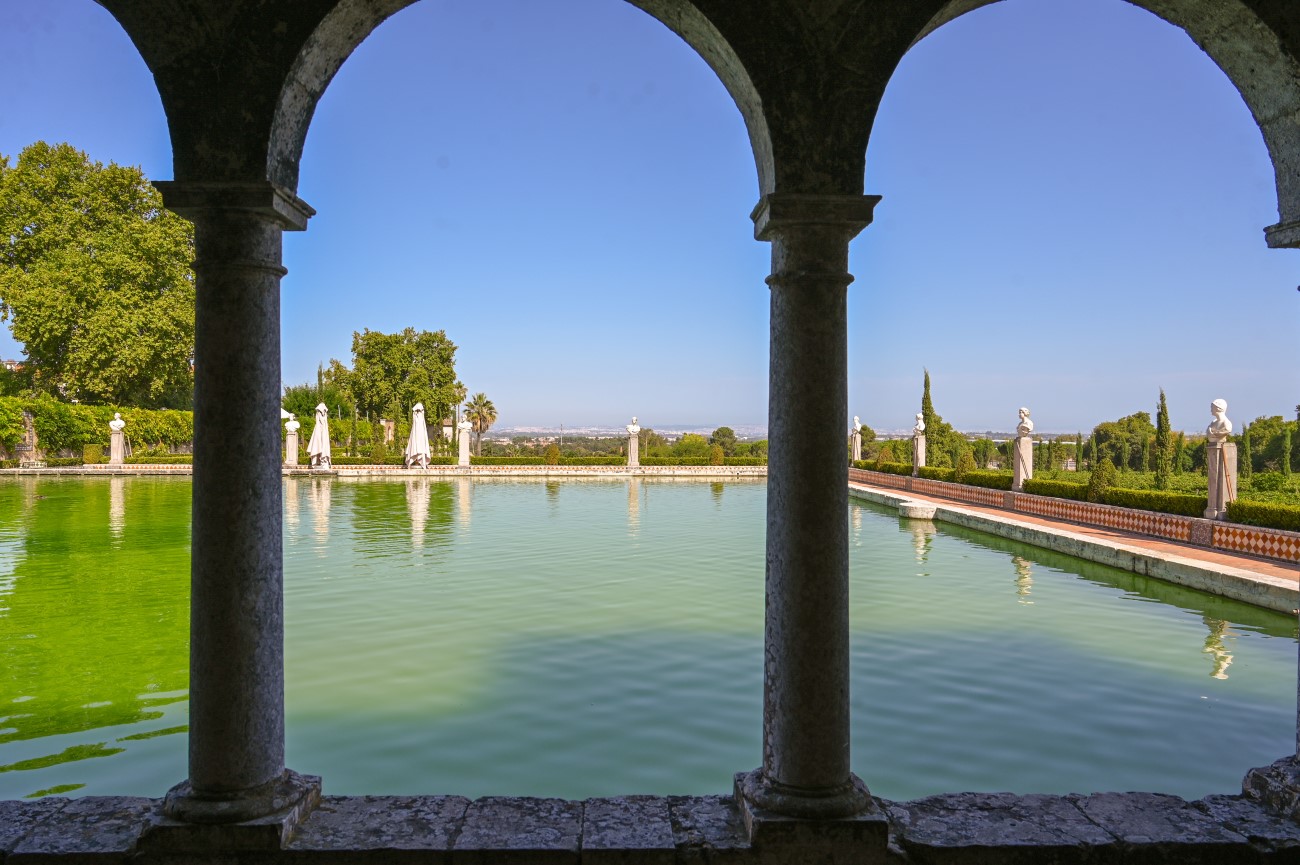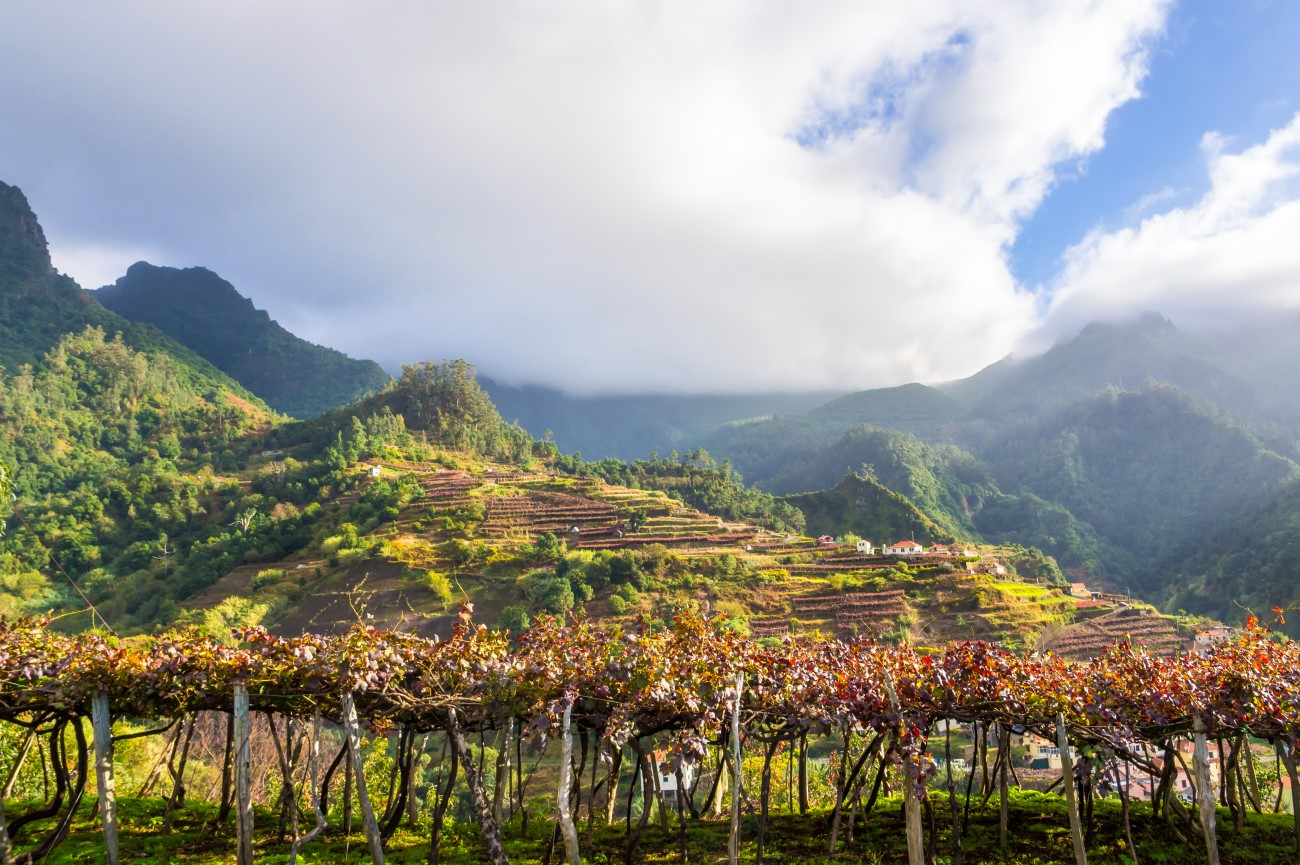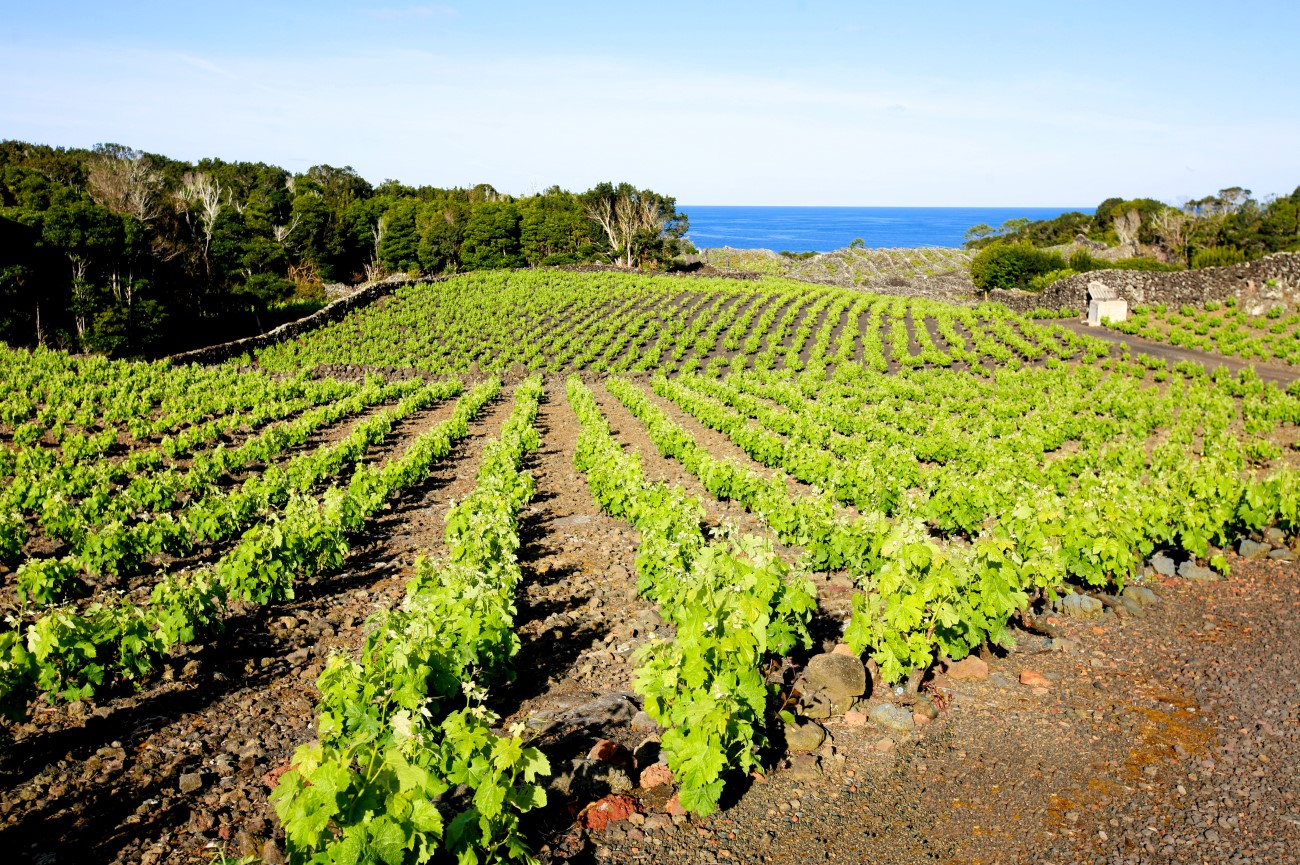The Best Wine Regions in Portugal
Portugal may be known for its stunning beaches and significant cultural contributions but it is also one of the best wine-producing countries in the world.
If you’re planning a trip to Portugal and would like to sample some of the best of the best, we’ve put together this guide to the best wine regions in Portugal.
Put these regions on your itinerary, sip, and enjoy!
Douro Valley
Great wine is being produced all over Portugal but far and way, the best wine is coming from the Douro Valley region.
Ever
had a nice port? You can thank the traditional practices of this area.
For millennia, the hills of the Douro Valley have been worked by hand
into step-like terraces. This history is so impressive that the region
has been named a UNESCO world heritage site.
Before 1956, the wines of the region used to be shipped to Porto up the
Douro River in colorful boats to be aged in the traditional cave cellars
of Vila Nova de Gaia.
Sweet, fortified port wines like tawny
port, LBV port, and vintage port wines are most commonly associated with
this region. But there is more to the Douro wine region than just port.
While red ports are most common, the area also produces white and rosé
ports. Tinto Douro are full-bodied red wines made with the same red
grape that produces port. Douro Branco are light-bodied whites with
minimal fruity flavours and high acidity.
When visiting Duoro, try to stop in at:
Quinta do Portal: For wine lovers, a visit to the Quinta do Portal wine cellar is a must. This site has a modern visitors’ center and it isn’t necessary to pre-book a tour making it a convenient place to visit.
Quinta Nova de Nossa Senhora do Carmo: For those into wine AND food, this is the perfect estate. What is a wine tasting without delectable food pairings?
Quinta do Seixo: This site is centuries old with about 100 acres of vines and a modern winery on site. For wine tastings and tours, no appointments are necessary.
Alentejo
Just southeast of Lisbon, the warm and dry climate of this region produces some incredible wines.
The Alentejo region is known for its progressive wineries that have lead to the international recognition of Alentejo wines.
The
white wines from this region are mild and slightly acidic with tropical
fruit aromas, while the reds are rich, robust, concentrated, rich in
tannins and carry aromas similar to wild, red berries.
The reds
are made using a variety of grapes, including Aragonês (Tempranillo),
Trincadeira, Castelão, Alfrocheiro, and Alicante Bouschet. While white
grapes in the region include Arinto, Antão Vaz, Roupeiro, and Fernão
Pires.
When visiting Alentejo, try to stop in at:
Adega da Cartuxa: This winery is located in Evora where you can take a guided tour of the wine cellar and try some of the best food and wine pairings imaginable. While having gone through several renovations and expansions, this winery has very much retained its old-world charm.
Herdade do Esporão: This winery is considered a pioneer of wine tourism. The vineyard thrives and produces balanced wines with great aging potential. There are lots of unique and interesting things to do at this winery. You can do a tasting and tour the cellar, but you can also book a bicycle tour that includes a picnic or you can have a birdwatching experience!
The Algarve
While perhaps most famous for its nightlife, golf course, and golden
sandy beaches, the Algarve does not lack in the wine tourism department!
Until quite recently, the winemaking in this region wasn’t
considered to be very good but in the last several years, many modern
wineries have sprung up producing a quality product that rivals that
being produced in other parts of Portugal.
The grape varietals
in the region consist mostly of Tinta Negra Mole and Crato Branco.
Because of the warm weather in the Algarve, reds are potent, low in
acidity, elegant and aromatic while the whites are fresh and
full-bodied.
When visiting the Algarve, try to stop in at:
Quinta dos Vales: Located in the western Algarve, this winery as 15 different types of grapes in its vineyards and contains an award-winning cellar. This estate includes accommodations so you can stay nearby and truly enjoy the beautiful surroundings.
At a wine tasting, you can try a wide range of reds, whites, and rosés. When not sampling wines, you can go hiking, cycling, or even swimming!
Quinta de Mata-Mouros: Near Silves, this 12-hectare vineyard is on land with an interesting history. From the 12th to the 19th century, this site was home to the Convento de Nossa Senhora do Paraíso. In fact, the main structure of this convent is still preserved to this day! Stop in to enjoy a tasting of some of the finest, Euphoria Tinto, Euphoria Rosé, Euphoria Branco, Convento do Paraíso Tinto, and Imprevisto Tinto then step outside and enjoy the view of Silves and its castle!
Lisboa
This region that includes Lisbon, produces many high-quality wines that
are exported all over the world. Running along the Atlantic coast and
stretching inland toward the mountains, this region has a wide range of
grape varieties to suit the varied growing conditions. For example, the
wet and cooler Óbidos region produces incredible sparkling wines while
the drier Alenquer produces full-bodied reds.
The most famous
wines from this area include the Arinto whites which are citrusy,
light-bodied, and beeswax-driven and the Alenquer reds which are
concentrated and high in tannins.
When visiting Lisbon, try to stop in at:
Adega Regional de Colares: Founded in 1931, this is the oldest wine co-op in Portugal. All wines produced here follow traditional methodologies and the utmost care is taken to preserve the land, the grapes, and the old ways. The building houses wood barrels, vats, and casks with a one million liter capacity! Tastings and guided tours are by appointment so be sure to book before you arrive.
Quinta de Chocapalha: If you travel north towards Aldeia Galega da Merceana, you will find Quinta de Chocapalha. This winery takes great pride in their sustainable farming practices. Wine making in this area dates back to Roman occupation and has been practiced with care and attention to detail at this family-run estate. Known for producing traditional red and white wines, you can do a tasting while touring the winery and the cellar. This is another location that needs to be booked in advance so, once again, be sure to plan ahead.
Setubal Peninsula
Setubal is located across the Tagus River, south of Lisbon. This region is most famous for Moscatel wine but also produces sweet fortified wines, reds, and dry whites.
With a winemaking history that dates back to Roman times, there is plenty to both see and taste whether you are making at day trip from Lisbon or planning to visit the region all on its own.
When visiting the Setubal Peninsula, try to stop in at:
J.M. da Fonseca: One of the most famous winemakers in the country, this location dates all the way back to 1834 and has remained in the family ever since. You can take a tour of the wine cellars known as Adega da Mata and Adega dos Teares Novos where you can find old Muscatels, some over 100 years old!
When you have completed the tour, it is time to sample some of the products with some tasty local delicacies!
Bacalhoa: Bacalhoa is a magical mix of the modern and the ancient. This location houses interesting sculptures and a truly impressive collection of ceramic tiles dating from the 16th to 19th centuries.
With ancient olive trees, a walk in the garden is like a step back in time. Explore the estate and the historic relics that are found all over this modern building and top things off with a tasting or two.
Dão
Dão is known widely for producing top quality wines. The grapes in this
region are grown in higher altitudes in soil that consists of granite
and schist. The wines here are lighter than those found in the Douro but
are rich and well-structured with good acidity.
It is in Dão
that you will find the famous Touriga Nacional. This grape is rich and
aromatic and is what gives the region’s reds their smooth, velvet-like
finish.
Aside from producing incredible wines, this area is
absolutely stunning. With pine woods, vineyards and the Estrela
Mountains, a trip here will be as pleasing to the eye as it is to the
palate.
When visiting Dão, try to stop in at:
Quinta de Cabriz: One of the most famous farms in the region, Quinta de Cabriz houses 38 hectares of vineyard that produce some of the best wines in the country. You can do a wine tasting, tour the winery and vineyard, and when you’re done, enjoy local food with perfect pairings!
Paço dos Cunhas de Santar: First build in 1609, Paço dos Cunhas de Santar is known as one of the must-see stops for wine tourism. The Vinha do Contador is one of the most emblematic vineyards in the country and a visit here is a truly unique experience. Between the incredible food and wine pairings and the historic grounds of the winery itself, you will have plenty to do and see.
Minho
The Minho region is known for producing light, crisp, refreshing wines.
Minho’s specialty is vino verde or green wine. This wine is made from
immature grapes and makes for an ideal pairing with salads, fish,
vegetable dishes, and citrus flavours.
The whites and rosés from
this region have fruit flavours. The whites are quenching like lemonade
with hints of melon and gooseberry with a slightly chalky texture. The
rosés also quench like lemonade but carry a red berry flavour.
When visiting Minho, try to stop in at:
Quinta do Soalheiro: Warm and welcoming, visitors to Quinta do Soalheiro feel like part of the family. Modern architecture, combined with scenic views contributes to a memorable experience. At this location, you can tour the vineyards, learn more about the history of winemaking in the region, do a tasting of their most popular wines, or do a fusion test that will push your sense to the limit.
Quinta da Aveleda: Near Porto, a visit to this winery will be like a trip back in time. Having been owned by the same family since the 1870s, these wines reflect a mastery of the craft. The winery itself is remarkable, with something to discover at every turn. All visits to the estate are treated as unique. The staff works to tailor tastings and visits to you and your group, creating a warm, memorable experience.
Madeira & Pico Island (Azores)
The wines from the islands of Madeira and Pico in the Azores are not for
the faint of heart and are an experience as interesting as the islands
themselves.
Madeira is known for producing some of the most
celebrated fortified wines in the world! This island is also one of the
regions known for growing the malvasia grape. The fortified whites of
Madeira can be divided into dry and sweet varieties.
Pico contains a UNESCO area that contains ancient stone walls,
protecting Verdelho vines. Verdelho grapes are the main white grapes of
the region. The best wines from Pico are golden and viscous with sweet,
tart, and salty flavors. They also have a hint of smokiness that can be
attributed to the volcanic landscape.
When visiting the Azores, try to stop in at:
Cooperativa Vitivinícola da Ilha do Pico:
The Cooperativa Vitivinícola da Ilha do Pico, or Pico Wine Cooperative,
was founded in 1949 and has done decades of work restoring the regions
basalt walls. Visitors to the cooperative can learn local viticulture
while tasting wines from labels that include Terras de Lava, Frei
Gigante, and Basalto. With many tours and workshops, this is both an
enjoyable and an educational experience.
Adegas de São Francisco:
When on Madeira, you simply must visit the oldest wine cellar at Adegas
de São Francisco. At this site, you explore the history of Madeira wine
and view the 17th-century mill. The tasting room houses a painting from
the Austrian painter Max Rommer who once lived on the island. The
cellars are examples of baroque civil architecture.
The wine regions in Portugal are varied and in no way does this list encompass all there is to see and taste, but this list does include our favorite spots. If you are interested in exploring the history and flavors of wine in Portugal, contact us today and we’ll help you plan the wine route of your dreams!


